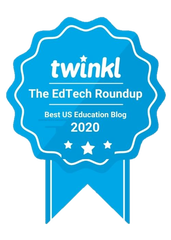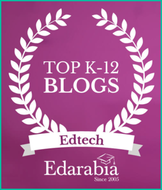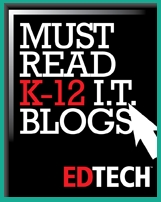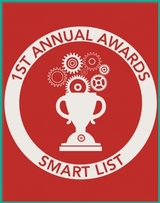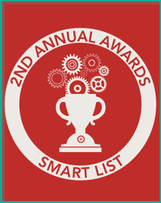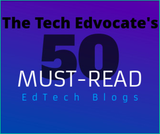
Teachers can have a tremendous impact. Creating a more inclusive computer science classroom doesn’t have to be overwhelming. Here are three tips for getting started:
- Recruit students with different interests into CS classes. Unfortunately, cultural stereotypes often play too large a role in the recruiting process. The child who is deeply into “Star Wars” might be the stereotypical CS “geek”, but various interests can be enhanced by CS education. For example, a student who cares deeply about an environmental issue may want to learn how to code a mobile app to help crowdsource a solution to that problem. Teachers who are familiar with the student population can help identify and recruit unlikely candidates who may never otherwise discover their penchant for computer science.
- Keep your diverse CS student body engaged. Teachers can help their students succeed by encouraging them to speak up and let their learning and lifestyle preferences be known. What are the students’ interests? Do they play a sport or have a hobby that could be incorporated into CS projects? When asking for the answers to questions, educators should aim to call on someone new. Each pupil should have an active voice in the classroom. Also, while students work, teachers can walk around the classroom, stopping to talk to each one about their progress.
- Be a good mentor. When students connect with a teacher, that adult can become a model for life. Being available for mentoring is one way teachers can have a tremendous impact on the decisions students make for their future careers. According to research from the College Board, the most effective method of recruiting students into the Advanced Placement® Computer Science Principles (AP® CSP) course is when teachers personally invite students individually. Advice from guidance counselors and trying to attract students at school course enrollment events are statistically nowhere near as inspiring as a direct appeal from a teacher.
Creating an inclusive CS classroom is less about changing what is taught but rather how it is taught.
There are professional learning resources developed with inclusion in mind to help teachers foster an environment that is welcoming and engaging. Students should feel comfortable sharing their ideas and be able to listen to others. This will produce an atmosphere where everyone can grow.
About the Author







